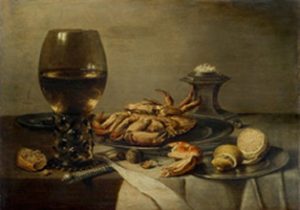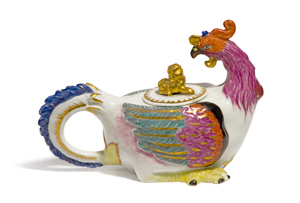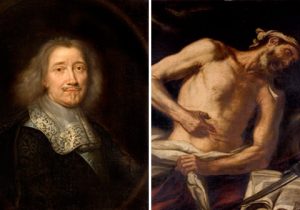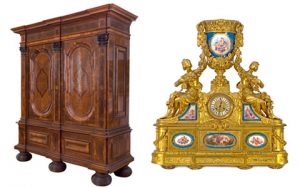Foreign Art Collection
Foreign Art Collection
Foreign Art Collection, a depadans of the City Museum of Novi Sad, was created from the legacy of private collection of Novi Sad doctor, Dr Branko Ilić, and it was opened to the public in 1968. It is an example of valuable collector’s work in our region with a selection of works of Western European painting and applied art from the 15th to the 20th century. Out of 440 donated paintings and applied art artefacts, for display have been selected items that offer the museum visitors an insight into the most extensive museum fund of foreign art in our region. At the same time, the numerous examples of this museum collection provides a unique aesthetic experience and instructive knowledge about artistic styles in the past.




The most important and most valuable part of the collection are works of painting. The Italian painting school is represented with several outstanding pieces of Venetian and Northern Italy masters from the epoch of the Renaissance and Baroque, such as works from Veronesi workshop, then works of Bonifazio de’ Pitati, G.B. Langetti, P. M. Tempesta, F. Albani, A. Magnasco, S. Ricci and others. Flemish-Dutch paintings in the Collection is represented by series of excellent works by famous artists of the 16th and the 17th century who cherished allegorical, religious, historical and landscape genre (H. van Balen, F. Franken, K. de Vos, P. Claesz, K. Molenar, F. Vyverman, J. van Huysum). Other European painting schools were also represented by well-known authors (S. Bourdon, P. de Champaigne, I. K. Aivazovsky, P. Kitner and others) who were active in the period from the 15th to the 20th century. The collection of fine art also includes smaller groups of graphics, icons and sculptures.
Very attractive material in the collection are also the works of applied art. Antique furniture is represented with several authentic Baroque copies of German and Austrian origin from the 18th century and a luxury saloon furniture units in the style of historicism from the 19th century. Among a wide variety of silverware stand out the works of Viennese and Parisian masters of the late 18th and the first half of the 19th century, while porcelain is primarily represented by products of manufactures in Vienna, Meissen and smaller German workshops. Numerically smaller, but also valuable sections are items made of glass, ceramic, ivory, bronze, followed by oriental carpets and antique watches stylistically watches.
- Clock, bronze, porcelain, Sevr, 1771
- Teapot, porcelain, Meissen, around 1835
- Baroque closet, Austria, beginning of the 18th century
- G.B. Langetti (1635-1676), The Death Of Katona
- P. de Champaigne (1602-1674), Portrait of a man with a lace collar
- P. Claesz (1597-1660), Still life with a cancer
Additional Info
City Museum of Novi Sad © 2025.


